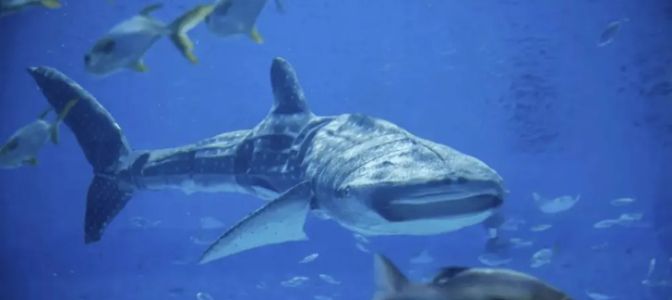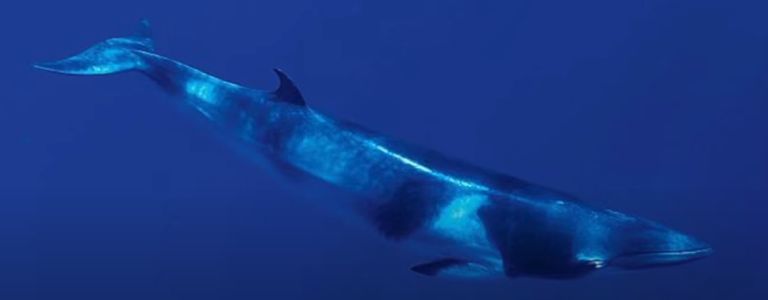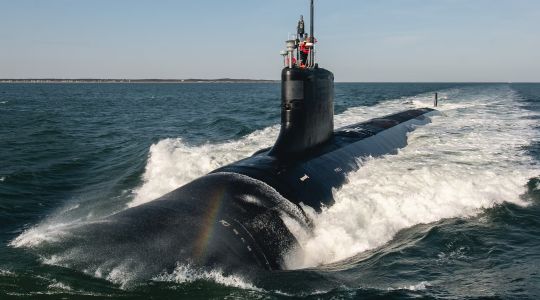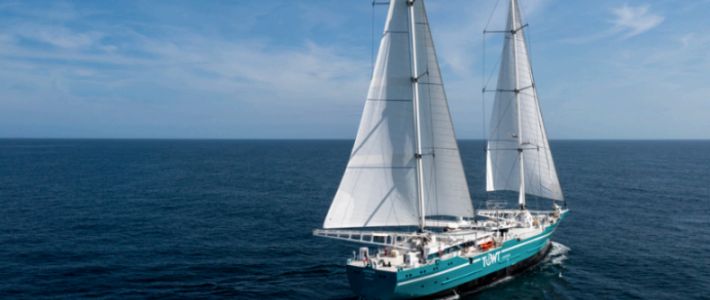 After being closed for five years for renovations, the Xiaomeisha Sea World aquarium in Shenzhen, China reopened its doors on October 1. During its week-long trial run, the 60,000 sqm sea park attracted around 100,000 visitors who each paid around $40 to enter the aquarium. But, much to their disappointment, they discovered that the giant whale shark on display was, in reality, a robot.
After being closed for five years for renovations, the Xiaomeisha Sea World aquarium in Shenzhen, China reopened its doors on October 1. During its week-long trial run, the 60,000 sqm sea park attracted around 100,000 visitors who each paid around $40 to enter the aquarium. But, much to their disappointment, they discovered that the giant whale shark on display was, in reality, a robot.
Many social media users posted under the hashtag “Netizens complain about spending hundreds of yuan at Xiaomeisha Sea World to see fake fish.”
A user on Chinese social media shared their disappointment after visiting, stating, “I was so excited to see the ‘whale shark exhibit,’ but instead found a mechanical shark. While I understand the need for animal protection, I’d rather they didn’t include a fake one; it detracted from the experience.”

 Two hundred and nineteen years ago today, in 1805, the Royal Navy, commanded by
Two hundred and nineteen years ago today, in 1805, the Royal Navy, commanded by  At least seven people were killed yesterday when part of a ferry dock collapsed on Georgia’s Sapelo Island, where crowds had gathered for a
At least seven people were killed yesterday when part of a ferry dock collapsed on Georgia’s Sapelo Island, where crowds had gathered for a  Emirates Team New Zealand clinched match point in the
Emirates Team New Zealand clinched match point in the  In early August, Mikhail Pichugin, 46, set off in a small inflatable boat to watch whales in the stormy
In early August, Mikhail Pichugin, 46, set off in a small inflatable boat to watch whales in the stormy  We are a few days late in wishing the US Navy a happy 249th birthday
We are a few days late in wishing the US Navy a happy 249th birthday
 A new National Geographic documentary “
A new National Geographic documentary “

 The longshoremen’s strike appears to have ended with a tentative agreement on wages. This afternoon, the ILA and the USMX released a
The longshoremen’s strike appears to have ended with a tentative agreement on wages. This afternoon, the ILA and the USMX released a We are now in day 2 of the first
We are now in day 2 of the first  The initial reports were bizarre. On Friday, Tommaso Bertuccelli, a lawyer who works with The Italian Sea Group (TISG), the builder of the superyacht Bayesian that sank at anchor in August off Sicily, killing Mike Lynch and six other passengers, filed a €222 million ($244 million) lawsuit against Lynch’s widow and crewmembers of the ship, citing reputational damage.
The initial reports were bizarre. On Friday, Tommaso Bertuccelli, a lawyer who works with The Italian Sea Group (TISG), the builder of the superyacht Bayesian that sank at anchor in August off Sicily, killing Mike Lynch and six other passengers, filed a €222 million ($244 million) lawsuit against Lynch’s widow and crewmembers of the ship, citing reputational damage. We recently
We recently  The US Navy commissioned its first-ever coed submarine, the Virginia-class attack submarine
The US Navy commissioned its first-ever coed submarine, the Virginia-class attack submarine  How many whales and other marine mammals frequent the waters adjoining the New York Metropolitan Region? At last count, at least 400, which was news to me. This is according to
How many whales and other marine mammals frequent the waters adjoining the New York Metropolitan Region? At last count, at least 400, which was news to me. This is according to  An updated repost. There is a line from a Paul Simon song, “These are the days of miracle and wonder.” One might not think to apply that lyric to the events of 9/11, 23 years ago today. Yet for at least part of that strange and horrible day, they fit.
An updated repost. There is a line from a Paul Simon song, “These are the days of miracle and wonder.” One might not think to apply that lyric to the events of 9/11, 23 years ago today. Yet for at least part of that strange and horrible day, they fit. Three years ago, we
Three years ago, we  Animal rights groups on Wednesday said gunfire killed a
Animal rights groups on Wednesday said gunfire killed a  The sailing cargo ship
The sailing cargo ship